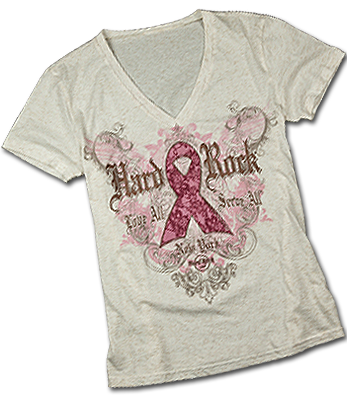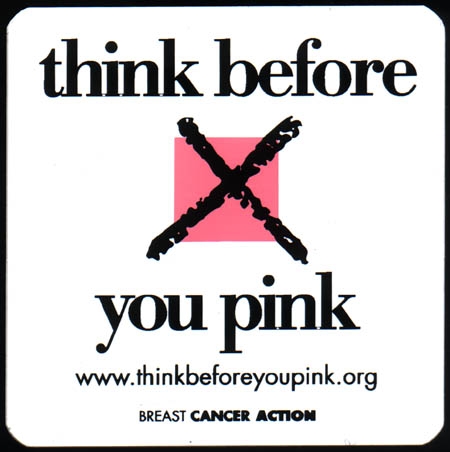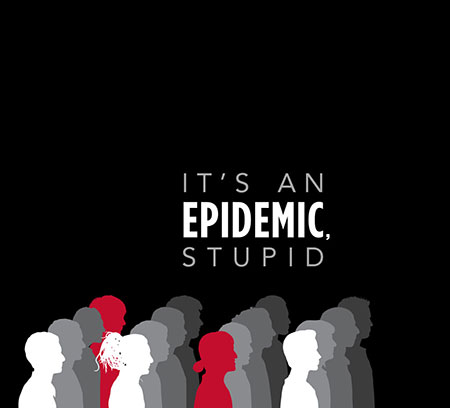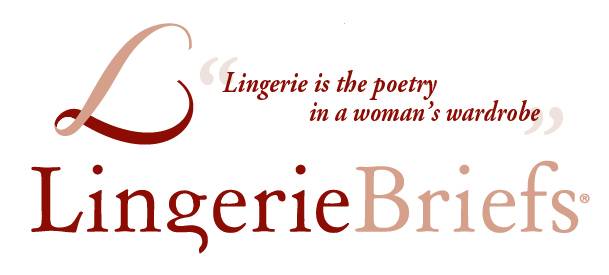New Approach To The Cure
By Elisabeth Dale
Breast Cancer Awareness Month: Surprising News

Whether you look forward to or are weary of the plethora of pink that marks October’s Breast Cancer Awareness Month, one thing’s for sure: I can’t avoid it. It’s hard for me to walk through a store aisle, read a magazine, or surf the web without being asked to purchase a product or participate in some event in the name of “awareness.” Even opponents of “Pinktober” (as it has been dubbed by its critics) might be surprised to find that the Hard Rock Café has trademarked the term and has created a line of official merchandise under that brand.

Objections to this crass charitable commercialism have been building. Two books questioning their effectiveness, Pink Ribbons, Inc. and Pink Ribbon Blues, have been published in the past five years. Last year, the documentary, Pink Ribbons, Inc., scrutinized the big business of charitable giving, including where dollars are allocated and who is served. The Breast Cancer Action Fund dedicates a webpage on how consumers can “Think Before You Pink,” and offers a handy toolkit and questions one should ask before buying for the cause. More and more groups are demanding greater legislative action and more dollars dedicated to coordinated research.

Why? Because after 40 plus years of pink product sales and thousands of volunteer hours dedicated to mega-charitable events (Komen for the Cure being one of many) the number of women diagnosed and dying from breast cancer hasn’t changed much. Even this week’s big scientific breakthrough on the discovery of four separate breast cancers will take years, if not decades, to translate into new treatment therapies. One in 8 women continues to be diagnosed annually and mortality rates have not dropped significantly given the millions of dollars raised. But it has become profitable to slap pink ribbons onto questionable products and create non-profits that aren’t very charitable.

This October, the National Breast Cancer Coalition and Breast Cancer Action Fund want you to be “aware” of these facts. They urge voters to contact their lawmakers and demand a new approach to battling breast cancer. The BCA has an on-line petition you can email to your legislators. The NBCC has set a deadline of 2020 to find the cure. It may be time for these bold political campaigns in order to stop the epidemic that is breast cancer.

What do you think? Will you be participating in breast cancer awareness month by buying pink, or writing your legislator? Or both?


[…] The last few years have seen a backlash against the traditional pink products that show up in October. Some people don’t like it because it’s shiny and easy and some people don’t like it because pink products tend to be more about profit than medical research. […]
Thanks for reading, Acacia!
Thanks for this.
Thank you, Patricia, for sharing this information. The National Breast Cancer Coalition’s progress report on breast cancer is also an eye-opening read, specifically citing the increasing number women who are over-diagnosed. I’ve heard of The Big Squeeze and look forward to reading it soon.
Elizabeth, here in Australia it’s a similar story, and even more frustrating is the closed attitude of our Government bodies ( Breast Screen Australia ) and the Cancer Council to new adjunctive technologies that can support women across the board, in monitoring their breast health status. There appears to be a reluctance by mainstream media to report accurately, if at all, on new research findings about the safety and efficacy of repeated mammography, and two new groundbreaking books published this year by frustrated medical doctors about these issues, have been greeted by absolute silence in the mainstream media!
I highly recommend ‘The Big Squeeze’ just released less than a month ago, written by Handel Reynolds, MD, a radiographer in private practice, in Atlanta, Georgia. It’s well written and well researched. It’s short, easy to read and quite fast paced as it traces the history of mammography over the past 50 years. The section on ductal carcinoma in situ which he calls ‘the DCIS Bubble’ ( p86 – 93 ) will absolutely blow your socks off ! It’s a must read for any thinking woman in my opinion.
The other more meaty and very academic book, although no less important, is a provocative new book called Mammography Screening: Truth, Lies and Controversy by Dr Peter C. Gøtzsche, Professor of Clinical Research Design and Analysis Director at The Nordic Cochrane Centre, for the past 11 years, and Chief Physician at Rigshospitalet and the University of Copenhagen, Denmark. The very first paragraph of the book’s ad reads:
“The most effective way to decrease women’s risk of becoming a breast cancer patient is to avoid attending screening.”
Now, that’s a bold statement! And it’s backed up by facts. According to the Cochrane Collaboration, for every 2,000 women invited for screening over the course of 10 years, just ONE woman will have her life prolonged. Meanwhile, 10 healthy women, who would not have been diagnosed with cancer had it not been for the mammography screening, will be misdiagnosed as having breast cancer, and will be treated unnecessarily. Additionally, more than 200 women will experience significant psychological distress for many months due to false positives.
Yes, Elizabeth, I’ll be participating in Breast Cancer Awareness Month, but I’ll be writing in as many blogs like this as I can find, and spreading the word at a grass roots level that women need to become far more informed and aware of what’s really available to them.